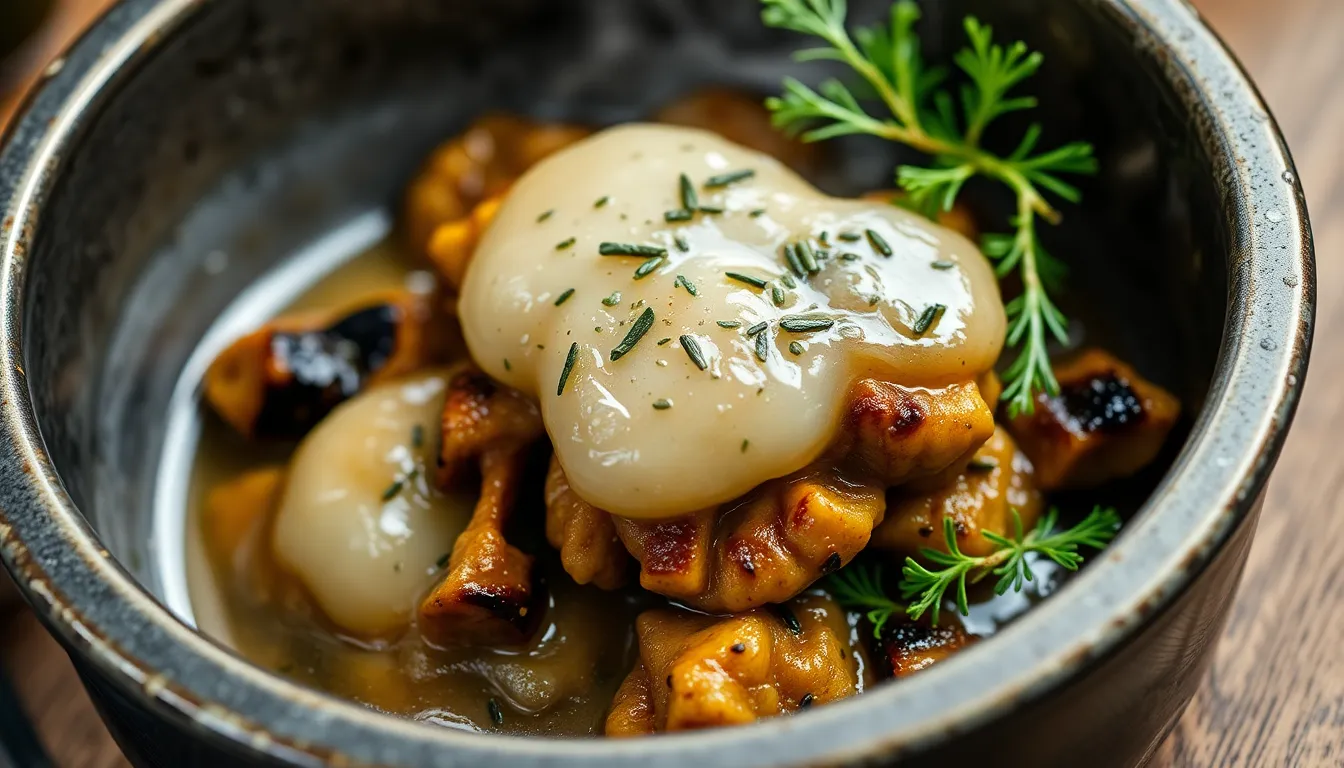How to Dehydrate Peppers for a Spicy Kick
In recent years, there has been a rising trend in the consumption of spicy foods around the world. Whether it’s fiery hot sauces, spicy salsas, or zesty dishes, heat has become a beloved element in cuisine. One of the best ways to enhance the flavor of your meals while preserving the essence of peppers is to dehydrate them. Dehydrating peppers not only allows for long-term storage, but it also intensifies their flavors, making them a fantastic addition to your spice cabinet. In this article, we will take you through the entire process of dehydrating peppers—from choosing the right ones to using them in your favorite recipes.
Section 1: Choosing the Right Peppers
When it comes to dehydrating peppers, not all varieties are created equal. Different types of peppers offer unique flavor profiles and heat levels. Here are some popular choices:
- Jalapeños: A medium-sized pepper known for its mild heat (2,500 to 8,000 Scoville heat units). Great for salsas and sauces.
- Habaneros: One of the hottest peppers (100,000 to 350,000 Scoville heat units) with a fruity flavor. Perfect for hot sauces.
- Bell Peppers: Sweet and non-spicy (0 Scoville heat units). Ideal for adding flavor without heat.
- Cayenne: A hot pepper (30,000 to 50,000 Scoville heat units) commonly used in spice blends.
When selecting fresh peppers, keep the following tips in mind:
- Choose peppers that are firm and unblemished.
- Avoid peppers with soft spots or wrinkles.
- Look for vibrant colors, which indicate ripeness.
Section 2: Preparing Peppers for Dehydration
Once you’ve chosen your peppers, it’s time to prepare them for dehydration. Follow these steps for optimal results:
- Wash the Peppers: Rinse the peppers under cold water to remove any dirt or pesticides.
- Cut the Peppers: Slice the peppers in half lengthwise. For smaller peppers, you can leave them whole.
- Wear Gloves: If using hot peppers, wear gloves to protect your hands from the heat.
- Remove Seeds and Membranes: This step is optional. Removing seeds and membranes can reduce heat and improve drying efficiency.
| Pepper Type | Heat Level (Scoville) | Best Uses | Drying Time |
|---|---|---|---|
| Jalapeño | 2,500 – 8,000 | Salsas, sauces | 6-8 hours |
| Habanero | 100,000 – 350,000 | Hot sauces | 6-8 hours |
| Bell Pepper | 0 | Stir-fries, salads | 8-12 hours |
| Cayenne | 30,000 – 50,000 | Spice blends | 6-8 hours |
Section 3: Methods of Dehydrating Peppers
A. Using a Dehydrator
A dehydrator is one of the most efficient tools for drying peppers. Here’s how to use one:
- Set your dehydrator to 125°F (52°C).
- Place the prepared pepper halves on the dehydrator trays, ensuring they are not touching.
- Dry the peppers for 6 to 8 hours, checking periodically until they are completely dry and brittle.
- Allow the dried peppers to cool before storing.
B. Oven Drying
If you don’t have a dehydrator, your oven can be a good alternative. Here’s a step-by-step guide:
- Preheat your oven to the lowest setting, usually around 140°F (60°C).
- Line a baking tray with parchment paper and arrange the pepper halves cut-side up.
- Place the tray in the oven and keep the door slightly ajar to allow moisture to escape.
- Check every hour, turning the peppers if necessary, until they are dried (usually 6-8 hours).
C. Air Drying
Air drying is a traditional method suitable for certain climates. Here’s how to do it:
- Choose a well-ventilated area, preferably warm and dry.
- String the peppers together, leaving space between them, and hang them in a sunny spot.
- Allow them to dry completely, which can take several weeks depending on humidity and temperature.
Section 4: Storing Dehydrated Peppers
Proper storage is essential to maintain the flavor and potency of dehydrated peppers. Here are the best practices:
- Containers: Use airtight containers like glass jars or vacuum-sealed bags to keep moisture out.
- Cool, Dark Place: Store your dehydrated peppers in a cool, dark place to prevent degradation from light and heat.
- Labeling: Always label your containers with the type of pepper and the date of dehydration.
Section 5: Using Dehydrated Peppers in Cooking
Dehydrated peppers can be a versatile addition to your cooking repertoire. Here are some ideas to get you started:
- Soups and Stews: Add them directly to soups and stews for enhanced flavor.
- Salsas: Rehydrate them in warm water and toss into your favorite salsa recipe.
- Seasoning Blends: Grind dehydrated peppers into powder for homemade spice blends.
To rehydrate dehydrated peppers, simply soak them in warm water for 15-30 minutes, or add them directly to your cooking liquid to soften during cooking.
Conclusion
Dehydrating peppers is a fantastic way to preserve their flavor and enjoy their heat year-round. By choosing the right peppers, preparing them carefully, and storing them properly, you can elevate your culinary creations. Don’t hesitate to experiment with different pepper varieties to discover new flavors and spice levels. Share your experiences and recipes in the comments below—we would love to hear how you incorporate dehydrated peppers into your dishes!
Additional Resources
Tips and Tricks Section
- Start with small batches to get the hang of the dehydration process.
- Avoid overcrowding your dehydrator or oven to ensure even drying.
- Do not skip the cooling step—this helps prevent moisture build-up in storage.
Call-to-Action
If you enjoyed this guide and want to learn more about spicy recipes and tips, be sure to subscribe to Spice Storyteller for all the latest updates!




